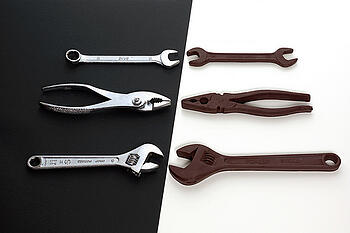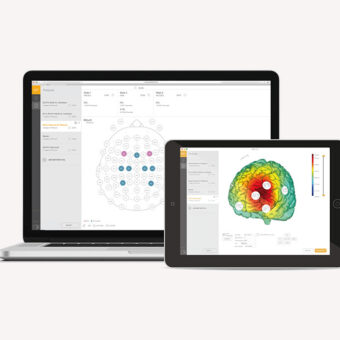Neuroscience and in particular Brain Computer Interface seem to be a tough topic, hard to get started with. This post provides an overview of the top three free open source tools that will help you to quickly develop your Brain Computer Interface application.
It doesn’t matter if you are an experienced researcher or a newbie, there is a tool out there that fits your skills and needs.
BCI2000
A classic that stays fashionable. The general-purpose Brain Computer Interface open source software platform that researchers have been using since 2000.
BCI2000 supports all major EEG amplifiers, includes signal processing routines and experimental paradigms. But BCI2000 doesn’t only acquire and analyze your EEG signals; it also provides highly configurable auditory/visual stimulation and inputs from other devices such as joysticks, keyboards and much more with reliable synchronization.
The design of BCI2000 is modular. Each module works as an independent program allowing a high degree of customization. A user interface is provided to combine the different modules to create a complete fully customized Brain Computer Interface application. And last but not least it provides quick and reliable online technical support.
Researchers with or without programming skills may find in BCI2000 a suitable tool to carry out their experiments and scientific investigations.
Open ViBE
Updated every three months by the French National Institute of Research, Open ViBE is a free and open source software platform for designing, testing and using brain computer interfaces that addresses every type of user. It doesn’t matter whether you are an expert in brain physiology or you’ve never heard of it before, whether you are a top programmer or you can’t even program your video recorder, Open ViBe provides tools and applications for everybody.
The platform consists of a set of software modules that can be easily integrated, including an easy-to-use graphical user interface for non-programmers. Software modules deal with EEG acquisition (many EEG measuring devices including Enobio are integrated), preprocessing and visualization of cerebral activity. You can use the ones available or create new ones specially tailored to your needs.
All in one: Open ViBE includes a large number of useful tools to visualize cerebral activity and sample scenarios for Brain Computer Interface or neuro-feedback applications. It has been designed to be easily integrated with high level applications such as virtual reality acting as an external peripheral device for any kind of real or virtual environment.
AsTeRICS
If you are interested in the development of applications for people with motor disabilities, which are called Assistive Technologies (AT), AsTeRICS is definitely your platform.
AsTeRICS is an ongoing EU-funded project that brings together companies, foundations and universities with a single purpose: the development of flexible adaptable platforms to quickly develop AT applications.
Its modular architecture is based on plugins, which act as blocks with a specific functionality that can be interconnected within an easy-to-use graphical interface for non-programmers, which in turn allows the customization of the plugins themselves. There are already more than a hundred available plugins that, depending on the task, have been divided into :
- Sensors: for interfacing with the user, buttons, actuators, webcams, microphones, and many more. Of course commercial EEG and biological sensors have been integrated including Enobio 2G.
- Processors: In charge of treating, processing and extracting useful information out of its inputs. EEG analysis plugins have been integrated including frequency analysis and SSVEP-based BCI.
- Actuators: for interfacing with the ‘outside’ world, music players, on screen information display, biosignal visualizers, TV remote controls, your computer mouse and much more!
The core of the application is provided open source and it will also be possible to buy an embedded hardware platform. You will be able to use more than a hundred currently provided plugins or easily create new ones.
Interconnect sensors, processors and actuators and in minutes you’ll be ready to enjoy your AT application!



